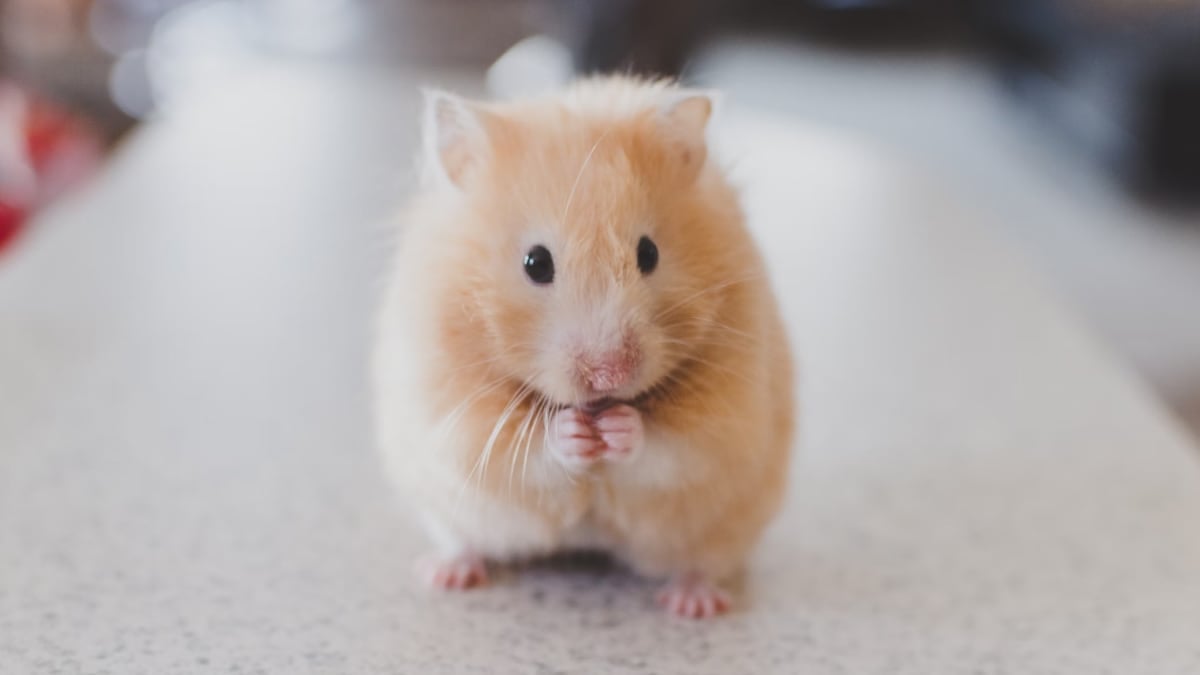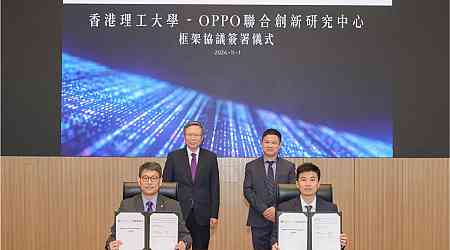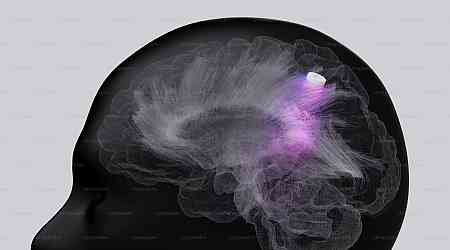Scientists at the University of Tokyo have made a major discovery by creating animal cells that can draw energy from sunlight. This achievement was made possible by embedding chloroplasts, photosynthetic structures found in algae, into animal cells, a process previously thought impossible. The researchers believe this new method could open doors to innovative solutions in artificial tissue development, especially in low-oxygen conditions.
The Experiment and Its Unique Approach
The team selected the CHO-K1 cell line, derived from a Chinese hamster, as the host for the chloroplasts due to its high receptivity to foreign materials. By using chloroplasts from Cyanidioschyzon merolae, a red algae that tolerates warmer environments, the scientists circumvented a key challenge. Unlike other chloroplasts that lose function below 37°C, these algae chloroplasts can stay active at body temperature, making them a suitable choice for integration with animal cells.
New Ground in Cell Integration
For years, attempts to incorporate chloroplasts into animal cells faced a persistent obstacle: these foreign structures were typically broken down within hours. However, the University of Tokyo team observed that, with the right conditions, these chloroplasts maintained photosynthetic activity in hamster cells for up to 48 hours. Through sophisticated imaging techniques, they tracked the photosynthetic process, showing that these chloroplasts continued to generate energy when exposed to light—a significant milestone in cellular biology.
Implications for Future Research
The findings hint at more possibilities for the future. The researchers noted that cells with chloroplasts showed improved growth, possibly due to an additional energy source within the cells. This boost could pave the way for further exploration into how chloroplasts might support cell function and growth. The mechanisms behind the interaction between chloroplasts and animal cell components remain undiscovered. The researchers are keen to understand this dynamic.
Professor Sachihiro Matsunaga, leading the team, envisions these hybrid “planimal” cells as valuable tools in advancing a more sustainable, carbon-neutral approach in biotechnology. With continued research, these hybrid cells could become a crucial element in developing energy-efficient and environmentally-friendly technologies.































